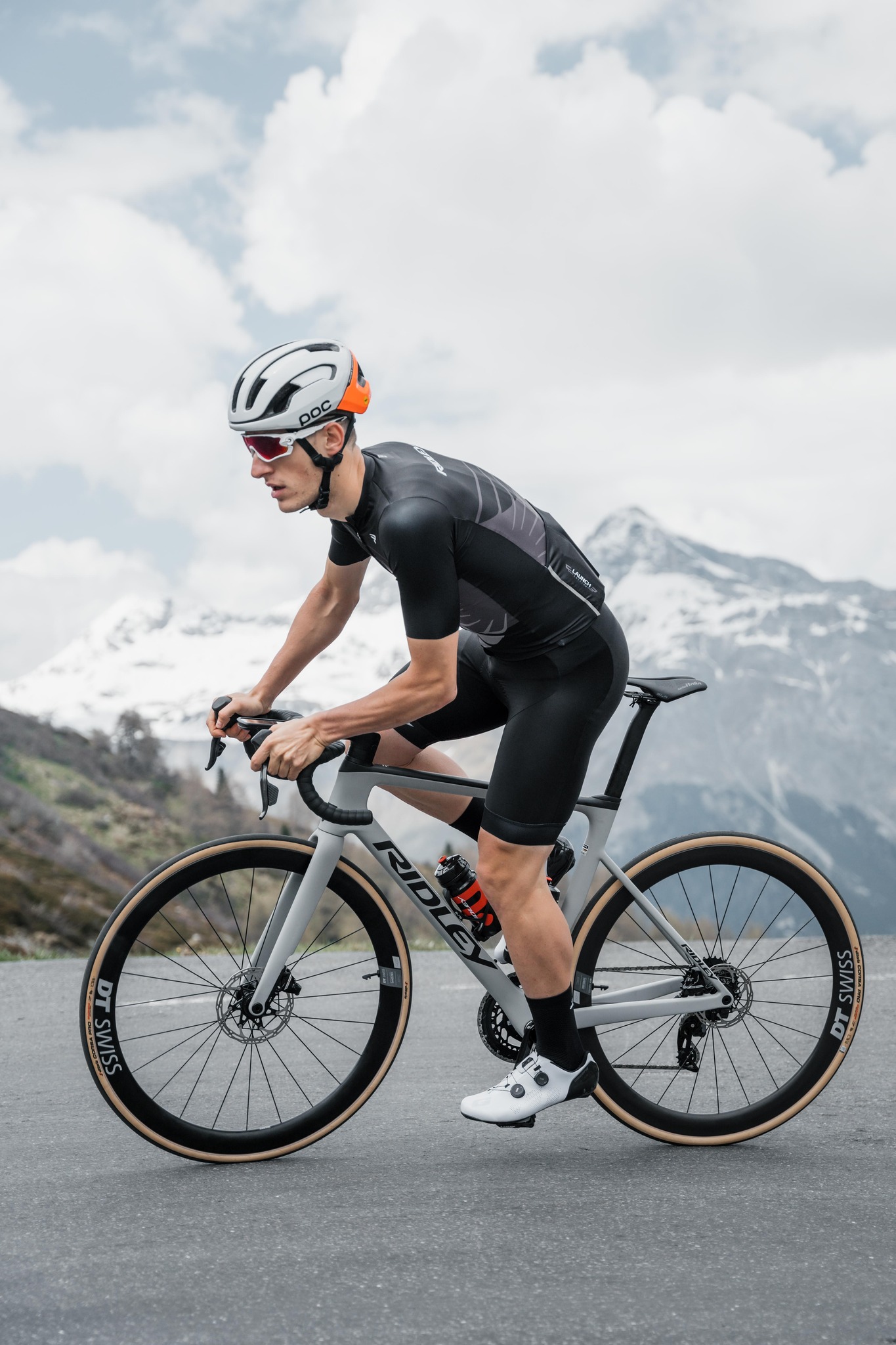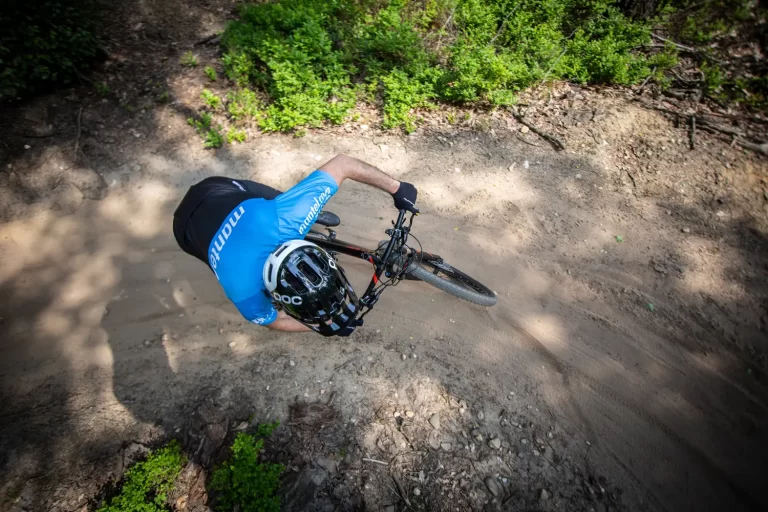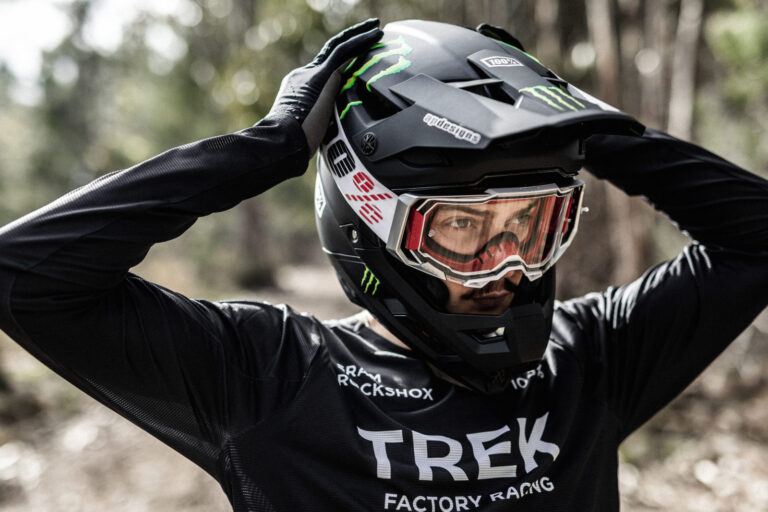Upgrading Your Road Bike Helmet: A Guide to Enhanced Safety and Comfort

Key Point Summary of Upgrading Your Road Bike Helmet:
- Understanding Helmet Safety Standards: Insights into what safety standards mean and why they are crucial for road helmets.
- Evaluating Comfort and Fit: Tips on how to find a helmet that fits well and is comfortable for long rides.
- Advanced Features and Technologies: Exploring the latest advancements in helmet technology and features that enhance safety and riding experience.
As a masters cyclist with years of experience in racing and riding across various disciplines – mountain bikes, gravel bikes, cyclocross, and of course, road cycling – I’ve come to appreciate the importance of a good helmet. Not just any helmet, but one that offers the right blend of safety, comfort, and technology. Whether you’re just starting out or have been cycling for a while, understanding how to upgrade your road bike helmet can be a game-changer. Let’s dive into the details.
Understanding Helmet Safety Standards
Safety should always be your top priority. Over the years, I’ve seen how helmet standards have evolved. The basic idea is to ensure that helmets can withstand specific impacts and protect your head. Look for certifications like CPSC, EN-1078, or ASTM. These might seem like just acronyms, but they’re your assurance that the helmet has passed rigorous testing.
I remember a race where a fellow cyclist had a nasty fall. Thankfully, his helmet, adhering to these standards, literally saved his life. It’s a stark reminder that when it comes to helmets, safety is non-negotiable.
Evaluating Comfort and Fit
A helmet might tick all the safety boxes, but if it’s uncomfortable or doesn’t fit right, it’s not the right helmet for you. Here’s where personal experience counts. I recall a 100-mile gravel race where my helmet, though safe, was poorly fitted. The result? Unnecessary distraction and discomfort throughout the ride.
When upgrading road helmets, look for adjustable straps, a snug but not tight fit, and adequate ventilation. A good fit means the helmet sits level on your head, without wobbling or pressing into your skull. Some helmets come with adjustable dials at the back – a feature I find particularly useful for fine-tuning the fit.
Advanced Features and Technologies
In the realm of cycling gear, technology is constantly evolving. Modern helmets offer features like MIPS (Multi-directional Impact Protection System), which adds an extra layer of safety against rotational forces in a crash.
Then there’s aerodynamics – a consideration for those who love speed. My first aerodynamic helmet was a game-changer in triathlons, slicing through the wind with noticeably less resistance.
Also, let’s not forget about connectivity. Some high-end helmets now come with Bluetooth speakers and microphones. While I personally prefer to stay disconnected while riding, for some, staying connected is important.
Popular Helmet Models for Upgrading
- Giro Synthe MIPS: A well-rounded option with MIPS technology, excellent ventilation, and aerodynamic design.
- Specialized S-Works Prevail II: Known for its lightweight design and superior ventilation, it’s a favorite among road racers.
- Bell Z20 MIPS: Offers a combination of comfort, style, and advanced safety features like MIPS.
- POC Ventral Spin: Incorporates POC’s SPIN technology for rotational impact protection and has a distinct aerodynamic design.
- Lazer Z1: A classic choice, known for its lightweight, comfort, and optional Aeroshell for improved aerodynamics.
- Oakley ARO5: A stylish option that’s aerodynamic and comes with a MIPS Brain Protection System.
- Smith Optics Trace: Features Koroyd technology for advanced impact absorption and integrated ventilation.
Personal Tips
- The Long Ride Test: On a century ride, I realized the importance of lightweight helmets. A heavy helmet can strain your neck over long distances. It’s something you might not notice on short rides, so always think long-term when choosing a helmet.
- Visibility Matters: After a close call on a foggy morning, I now value helmets with high-visibility colors or reflective materials. It’s not just about you seeing the road, but also about others seeing you.
- Try Before You Buy: Always try on helmets before purchasing to ensure the best fit.
- Consider Your Riding Style: Your helmet choice should reflect the type of cycling you do most often.
- Budget vs. Features: Balance the cost with the features you need. Sometimes, mid-range helmets offer the best value for money.
FAQ
Should I upgrade to MIPS helmet?
Yes, upgrading to a MIPS (Multi-directional Impact Protection System) helmet is a good idea. MIPS technology offers added protection against rotational forces on the brain in case of an angled impact, which can be common in cycling accidents. This added safety feature can make a significant difference in reducing the risk of brain injuries.
How often do you need to replace a road bike helmet?
You should replace a road bike helmet every 3 to 5 years, or immediately after a significant impact or crash.
Does a road bike helmet make you faster?
No, a road bike helmet alone does not make you faster, but aerodynamically designed helmets can reduce wind resistance, which may help improve efficiency and speed over long distances.
Concluding Thoughts
Upgrading your road bike helmet is not just about splurging on the most expensive gear. It’s about finding the right balance of safety, comfort, and features that suit your riding style and needs. As you grow in your cycling journey, your helmet should evolve with you.
A helmet is not just a piece of equipment; it’s a vital safety tool that can save your life. Take the time to research, try on different models, and don’t hesitate to invest in a helmet that offers the best protection and comfort. After all, when you’re cycling, whether it’s cruising through city streets or pushing your limits on mountain trails, your helmet is your best friend.
Stay safe, stay comfortable, and keep enjoying the ride!
John






